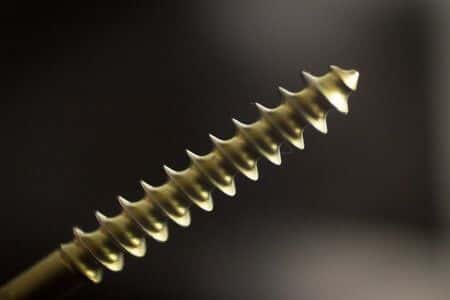This case takes place in Tennessee and involves a patient with a past medical history of leg pain following a back injury. She underwent a spinal fusion and decompression in an attempt to alleviate her pain, however, after the procedure her pain had increased, and had spread from its original location to include a larger part of the leg. Several months later, she saw a neurosurgeon in response to her increased pain. The second surgeon to see the patient diagnosed her with a malpositioned pedical screw from her fusion surgery, which was impinging into the spinal cord canal. The neurologist then performed a revision surgery in an attempt to correct the issue, during which he removed the spinal implants. The screws that had been implanted during the original surgery appeared to be loose, and the neurosurgeon noted several additional issues which strongly indicated negligence on the part of the implanting surgeon. The plaintiff is currently unable to work, or to walk without assistance. The plaintiff alleges the defendant surgeon waited too long for revision surgery, resulting in her current condition.
Question(s) For Expert Witness
1. Do you perform this type of surgery? If so, how often?
2. What are the common complications following this surgery?
3. What is the standard of care for patients presenting with worsened pain following spinal fusion and lumbar decompression surgery?
Expert Witness Response E-001529
I perform this surgery on average 5-10 per week with a good percentage of them being fusions. Complications include infection, blood clots, csf leak, hardware failure, adjacent segment disease. Rare complications would be stroke, coma, death, loss of bowel bladder control, paralysis. In my opinion, the standard of care for a patient with significant new radicular pain is steroids, pain meds and possibly neurontin. If this doesn't quickly help the pain, then a work up needs to be performed. In cases of pedicle screw fusion, I think imaging with CT scan and/or x rays to check screw placement is indicated. Also, MRI can be helpful.
About the author
Joseph O'Neill
Joe has extensive experience in online journalism and technical writing across a range of legal topics, including personal injury, meidcal malpractice, mass torts, consumer litigation, commercial litigation, and more. Joe spent close to six years working at Expert Institute, finishing up his role here as Director of Marketing. He has considerable knowledge across an array of legal topics pertaining to expert witnesses. Currently, Joe servces as Owner and Demand Generation Consultant at LightSail Consulting.



